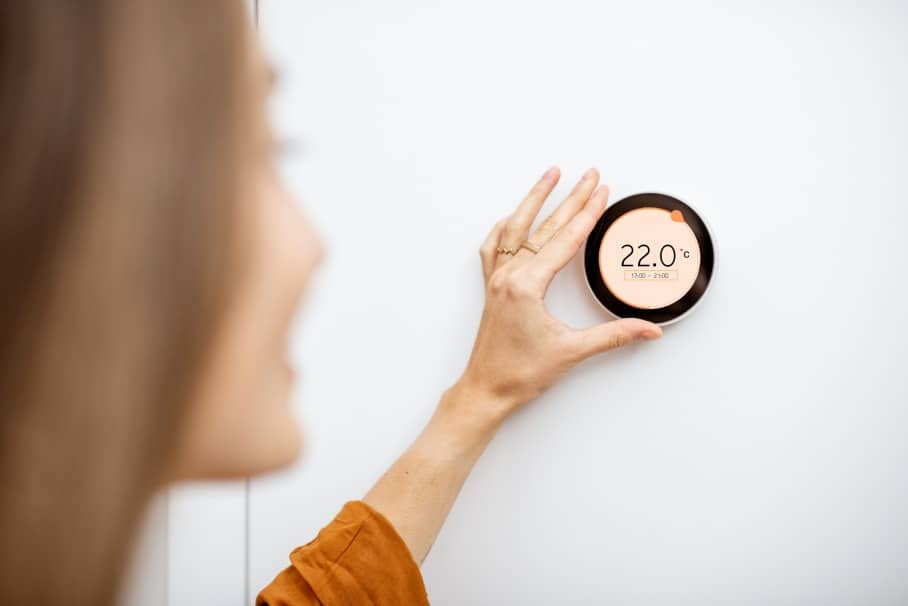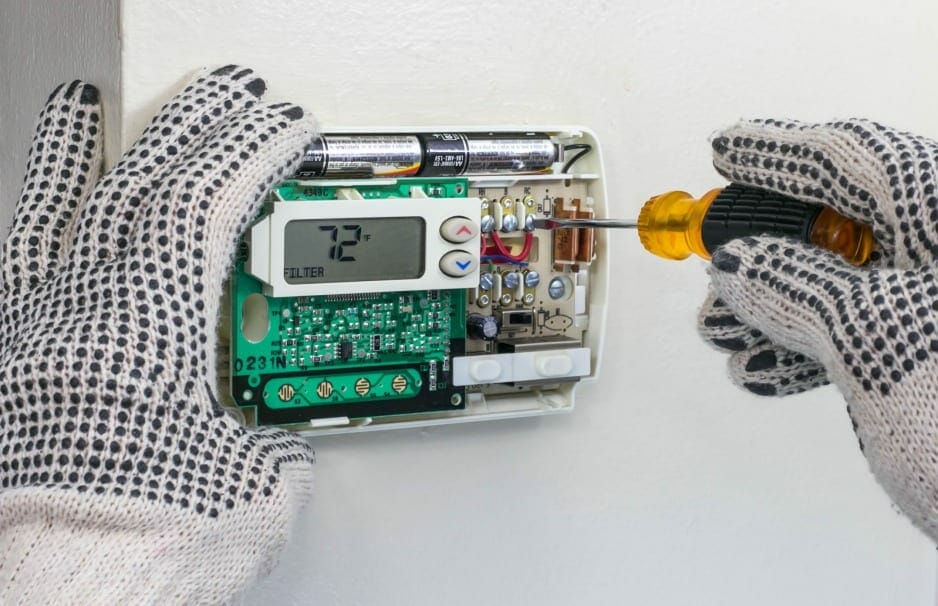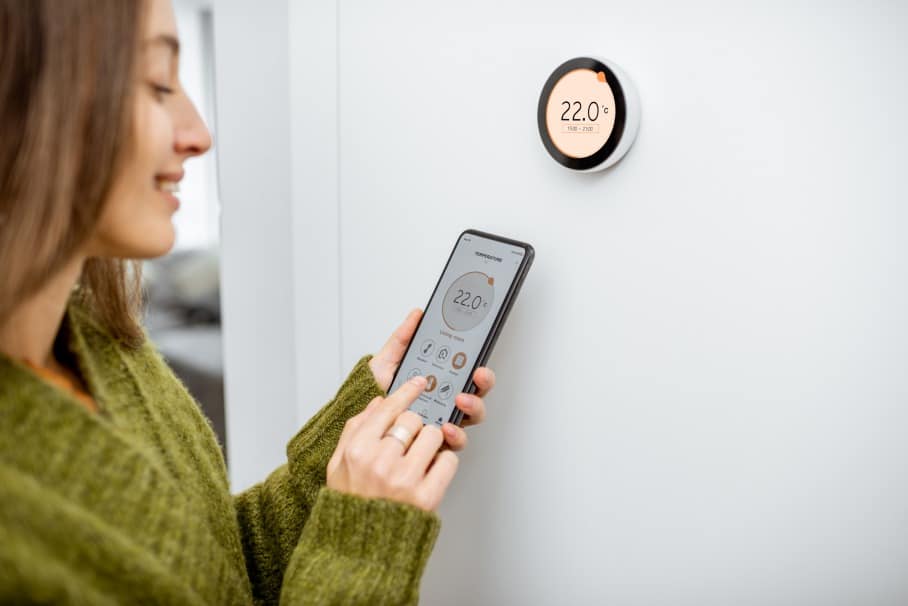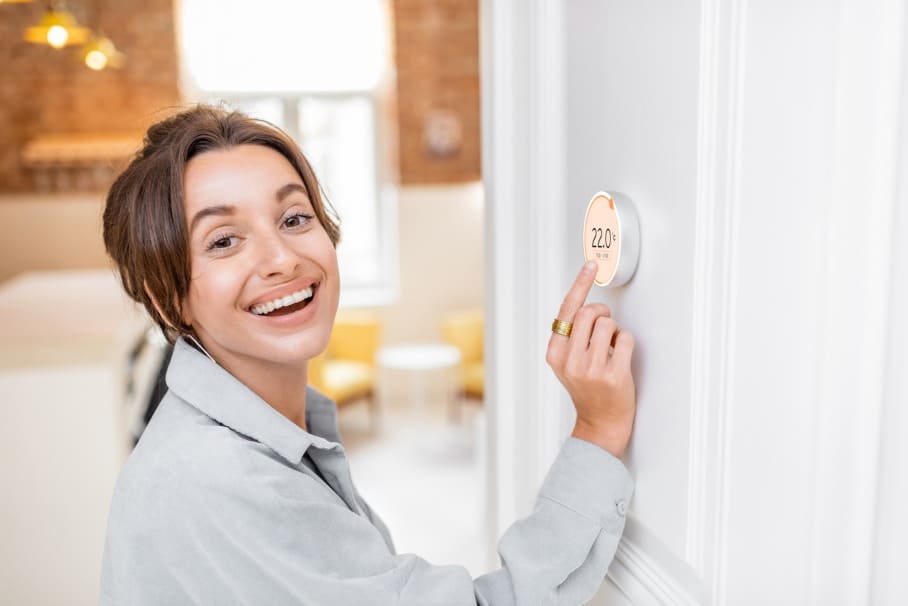How To Add A Thermostat To A Wall Heater? Do you know...
Are you thinking of adding a thermostat to a wall heater? Then you should know that this is something that requires a bit of knowledge before diving into wiring and installing. Adding a thermostat is not that complex, but you wouldn’t want to make a mistake because that could cause you a delay or a non-functioning heater. If you completely have no idea how to do this, then you’re in the right place. Read on to know why a thermostat is better placed on the wall and how you can install one.
Why Install a Thermostat to the Wall?
First of all, not all heaters have thermostat kits where you can attach the actual thermostat to any part of your wall. There’s actually a lot of thermostats that can be attached to the actual heater body. They’re the thermostats you see near the floor on the lower part of the wall. Just thinking about it, there must be an easier way to adjust the thermostat without having to bend over. That’s where thermostats on the wall are helpful.
The awkward placing is not the only thing that makes you want to place the thermostat higher up. It’s also because there’s a lot of inaccuracy that can cause your thermostat to read the temperature wrong. This is due to the fact that the lower part of the room is often cooler as cold air sinks. Therefore, if you really want to know the real temperature in your surroundings, the right place to place the thermostat is from your chest level to your neck.
How to Install a Thermostat on the Wall

Excited to install a thermostat for your room? Here is a guide on how you can do it. Take note that this isn’t a simple task and you have to handle wires so if you’re not comfortable with it, it’s best to hire a professional.
First, you will need a few tools to make the installation easier. You’ll need the line-voltage thermostat, wire connectors (or wire nuts), wire strippers, and a screwdriver.
Second, you should know that there are several wires that you’ll see on the thermostat. Usually, it’s four wires that are coloured black or white. There are two types of wires you’ll see there - the wires that connect to the heater and the ones that connect to the circuit feed wires. All wires are live, so best be careful when handling them.
Steps to Install a Thermostat:
1. Turn off the Electricity
Before you even take hold of the wires, make sure that the thermostat box is turned off. It’s vital that there is no electricity running through the wires or else you’ll get a shock. The best way to ensure that everything is turned off is to switch off the circuit breaker itself.
2. Use the Wiring Schematic as a Guide
Once the electricity is turned off, take out the thermostat wiring manual. Each thermostat has its own set of instructions in terms of wiring (mainly because not all wire colours are standard). Consider the wiring schematic in the manual your guide to wiring both the heater and the circuit feed wires. You have to be 100% sure that you know which wires will be the ones that will feed electricity from the power source and which wires will carry that same power to the heater.
3. Partly Remove the Insulation

Use wire strippers to remove ¾ inch of insulation from each wire. Some prefer not removing the insulation, but this provides maximum power connection.
4. Link the Ground Wires
When the copper wires are exposed, use a wire nut to combine two ground wires. You will also need a third wire here, either the cord that comes with the device or another ground wire. This wire should be attached to the device so that it becomes grounded through a “pigtail” wire. This pigtail wire connects the other end of the wire to the previously grounded wires. Since thermostats don’t have any current through it, you have to connect the actual wires to a wire that has an existing current.
5. Make the Line Connections
Now that you have ground wires, it’s time for making line connections. You’ll be needing wire nuts here again because you have to connect the two feed wires with the two wires coming from the power source inside the thermostat box. Use the colours mentioned in the wiring schematic to guide you on which wires are which. Since both wires are grounded by now, it doesn’t matter which wires are the ones touching the thermostat box.
6. Make the Load Connections
After the line connections come the load connections because your wires are already carrying electricity from the power source. Using another set of wire net, connect the other end of the circuit wires to the heater. Place them on the thermostat’s port labelled “load”.
7. Arrange the Wires

Once all connections are made, you can tuck the wires to the electrical box and make sure they aren’t loose to avoid misconnections and electric shocks. Ideally, the wires are of enough length so they can fit into the electrical box. If not, you might have to resize the wires again and do the same process.
8. Screw the Thermostat to the Wall
When your wires are neatly arranged, you can now secure the thermostat using the screws that it came with. To test if the connections work, turn on the circuit breaker and the heater.
If you’re a newbie to fixing thermostats and wiring in general, this might be confusing at first. If it doesn’t work, go back to the wire connections that you’ve made but don’t forget to turn off the circuit breaker. When it comes to thermostats, all wires are hot meaning they carry a current. The wire colours vary depending on the thermostat, so your best bet to know which is which is by checking the manual.
If after the second try and it still doesn’t work, you can call an electrician to ensure that all connections (and the heater and thermostat themselves) are working.


